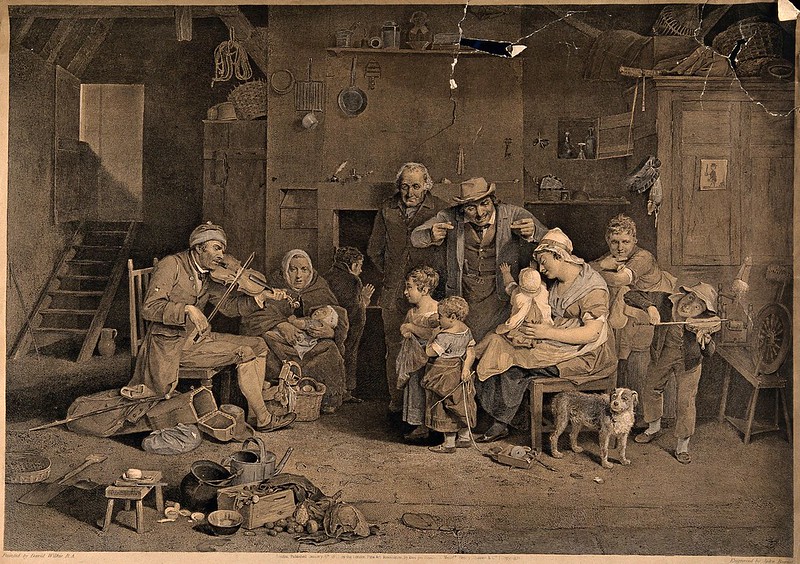Isidore Bertheaume (c.1752-1802)
- Symphonie concertante pour deux violons, Oeuvre VI (1787)
Performers: Pierre Doukan (1927-1995, violin); Robert Gendre (violin);
Orchestre de Chambre Louis de Froment; Louis de Froment (1921-1994,
conductor)
---
French violinist and composer. The nephew and pupil of the violinist
Lemière l’aîné, he was a child prodigy whose performances of his own
works and those of Gaviniès, Lolli and Felice Giardini caused a
sensation at 19 appearances at the Concert Spirituel during the years
1761 and 1765-69; he continued to be a favourite soloist there,
appearing on 31 occasions between 1775 and 1790, when the concerts
ended. He also studied with Lemière’s teacher Gaviniès. In 1767 he
became a member of the Opéra orchestra, and in 1769 published his op.1,
dedicated to the Duchess of Villeroy. Bertheaume withdrew from Parisian
musical life between 1769 and 1775 – it is not known why or to where –
but in the latter year he returned, rejoining the Opéra orchestra (until
1781) and appearing again at the Concert Spirituel as soloist and in
the orchestra. He was also leader of the Concert d’Emulation (1786) and
Opéra comique (1788), and played at the Société des Enfants d’Apollon
(1787-90). From 1789 to 1791 he was conductor and co-director of the
Concert Spirituel with Legros. These activities were interrupted by the
Revolution, and he fled to Germany in 1791 with his nephew and pupil,
Carl Philippe Lafont. There he played at several courts until in 1793
the Duke of Oldenburg and Prince-Bishop of Lübeck appointed him
Konzertmeister to the court at Eutin. This post he retained until 1801
when he went by way of Copenhagen and Stockholm to St Petersburg, where
he briefly held a position as leader of the imperial orchestra.
Bertheaume was a worthy rival of Viotti in Paris. He was an outstanding
virtuoso, if not quite of Viotti’s calibre. His compositions are
effective, well written for the violin and were regarded favourably by
his contemporaries. Following a 1786 performance of one of his
simphonies concertantes, a Mercure de France critic reported the
audience’s approval of both the composition and its interpretation by
its composer and his pupil Jean-Jacques Grasset. The concertos are
simple in structure but allow for ample display of the soloist’s
virtuosity. The op.2 sonata, written ‘dans le style de Lolly’, and the
second sonata of op.4 are notable for their use of scordatura. His
students, in addition to Lafont and Grasset included Bartholomeo Bruni
and Antoine Lacroix.

Cap comentari:
Publica un comentari a l'entrada